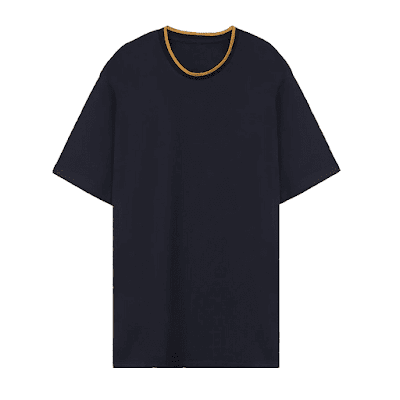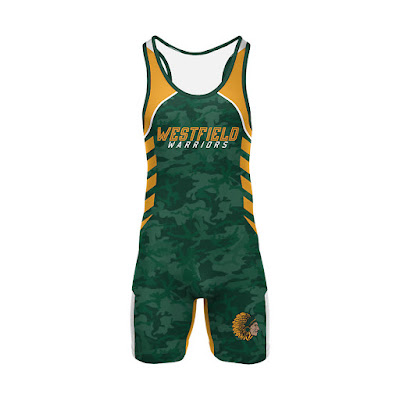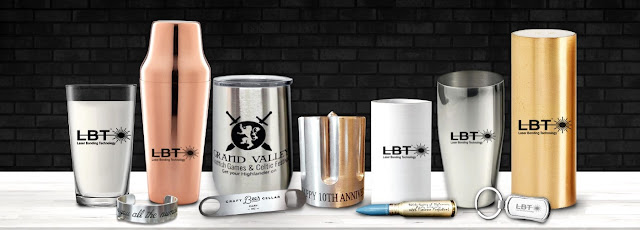How To Make Custom T-Shirts – Tips From nufacturerA T-Shirts Ma
Sublimation
Sublimation printing is a digital method often used for small runs or designs with fine details. It allows the design to go from seam to seam. It is available in many different materials, including polyester and even Lycra. Another advantage of sublimation printing is that it gives you complete design freedom. You can choose to have your design printed on the front or back of the t-shirt, or you can have the design printed on bAoth sides. Even if you want long sleeve hooded t shirt with a multiple-colored design, you should go for sublimation.
The process works by embedding dye into a polymeric or fabric substrate. The result is a permanent color. You can use this process on custom t-shirts, hoodies, and other fabrics. The process is best suited for high-quality apparel made of 100% polyester. It is unsuitable for t-shirts made from closeout mouse pads and cute coffee mugs. But, there are plenty of substrates that are compatible with sublimation printing.
To start your own custom printing business, you should consider sublimation for custom t-shirts. This technique uses heat to embed a design into a polymeric material. The color is infused into the fabric so it will never fade, peel, chip, or stain. You should also expect the process to take some time. If you're unsure of the design you want, you can always consult a custom sublimation t-shirt printing service to help you with the design.
DTG
If you are in the business of creating branded apparel, direct-to-garment printing is an excellent option. While the process is not ideal for mass production, it is an ideal option for small-scale businesses and product test runs. Direct-to-garment printing is slow and detailed, so the speed is of no concern. However, it is essential to have the correct equipment to ensure that your production line is always firing on all cylinders.
Direct-to-garment printing, or DTG, involves spraying ink onto the fabric, which the garments soak the ink. The process is similar to newspaper printing and is widely used for printing low-volume items. The main benefit of this process is that it requires very little setup time. Direct-to-garment printing also produces durable prints. It is best suited for products that are made of cotton, though it can also do printing on other materials.
While direct-to-garment printing is a slower process than screen printing, it can be a great option for small-scale production runs. It is eco-friendly and can promote a green business image, despite its slow turnaround time. However, the process is not without its limitations and is only suitable for high-quality promotional garments. If you need a larger quantity of items, you must consult a decorator or a specialist.
The process requires a few steps. First, you apply pre-treatment liquid to the garment to ensure that white ink is printed on it. It would be best if you let the garment flatten and dry. Alternatively, if the garment is dark-colored, you should cure it beforehand with a white under base. The finished garment is then ready for sale. Direct-to-garment printing may be the ideal choice for your next project if you want an eco-friendly option for printing clothing. It will give amazing results on the long sleeve graphic t shirts.
DTF
A direct-to-film printer is a type of digital printing that prints directly onto a surface. Because of the technology, you can print on just about any surface. Cotton, polyester, silk, and synthetics are suitable for direct-to-film printing. It can even work on very dark fabric. Unlike traditional printing processes, direct-to-film printers do not require expensive A or B paper. You can also make your designs as small as one inch in size.
Direct-to-film printing is also excellent for high-volume apparel manufacturers and small businesses. DTF printers typically cost between $20k and $25k, so you can invest in a high-quality DTF machine for your business. DTF printers can produce 500 2'' X 4'' logo transfers in less than 15 minutes. It includes the application of hot melt and curing of the transfer. There are many other advantages of direct-to-film printing.
The final step of the process is to transfer the design onto the garment. Depending on the substrate, heat presses will have different recommended settings. Before beginning the transfer process, purchase a heat press and some kraft paper. After choosing your heat-press, you'll need to place your garment face-out on the lower platen of the press. Then, place the film sheet, flat side up, onto the garment. You can do printing on all kinds of t-shirts; whether you want to print on black long sleeve t shirt or white long sleeve t shirt, you can use DTF printing for these t-shirts.
Embroidery
There are a few different ways to create your custom T-shirt design. Embroidery is an excellent way to create a unique, custom shirt for any occasion. Whether it's a sporting event, a business promotion, or a casual Friday, you can create something unique by combining different design elements. Aside from embroidery, you can also sew woven labels into your design to make your shirt more personalized.
It would be best if you used embroidery for small designs on your t-shirt instead of doing on for great artworks. The reason behind this is that the embroidery is a bit heavy, and the fabric that companies use in the t-shirts is lightweight, so if the embroidery is heavy, it will disrupt the shape of the t-shirt when someone is wearing it. The best part about embroidery is its long life. Suppose you want long sleeve v neck t shirt then you should use embroidery for a small logo on the front left side chest.
Heat Transfer Vinyl
Heat transfer vinyl can be a great choice if you've been looking for a unique way to decorate your apparel. There are many benefits of using heat transfer vinyl on custom t-shirts. It is inexpensive compared to screen printing, and you can order your vinyl by the roll. You can create many different types of designs with this material. Moreover, you can save time and money. If you're wondering whether or not this type of vinyl is right for you, keep reading!
Before you start cutting your vinyl, you should make sure you measure the items to be printed. You can use a ruler to ensure you have the correct size. Before cutting the vinyl, be sure to read the directions carefully. If the design includes letters, you need to mirror them. For numbers, you can flip the design. After that, trace the design backward and cut it out with scissors. To help you decide on the size of your vinyl, you can look up the sizes of your favorite t-shirts online. If you're starting, you can start small with a cheap starter heat press such as the EnduraPRESS CS15. However, if you plan to expand your business, you'll need to invest in a more durable and powerful heat press.
Using heat transfer vinyl on a t-shirt can be easy and affordable. This material is available in a wide variety of materials and designs. You can use it on cotton shirts, PU and PVC films, tri-blends, 100% polyester, mesh, and more. You can even use heat transfer vinyl on previously worn apparel. It means you don't have to worry about removing the vinyl after a few washes.
Screen Printing
If you are looking for a way to create your custom t-shirts, screen printing is the way to go. Screen printing is a process that involves the use of stencils and a screen to spread the ink. The ink passes through the stencil, and it is important to use several screens when printing multiple colors. Screen printing is time-consuming, but the result will be more durable than heat-pressed art. Moreover, it requires more chemicals and equipment than digital printing.
The first step in screen printing is to prepare the design. To do this, you will need an image with a resolution of 300 pixels per inch. Similarly, a 10" by 4" print will require an image 3,000 pixels wide by 1,200 pixels tall. Though smaller images may not produce a high-quality print, large ones will produce poor-quality ones. A good way to determine the image resolution is to right-click it and choose "Get Info...".
After choosing a design, you will want to choose the type of printing you want to do. There are many types of screen printing. Screen printing works best on t-shirts that are light in color. Digital printing has a hard time with dark t-shirts, so screen printing will produce the best results if you are looking for a simple logo, team name, or text. Screen printing is best for those with white or light-colored shirts so that you can use the appropriate inks.
If you are looking for a t-shirts manufacturer that can make custom t-shirts for your brand, you should contact Duskoh. They are a highly professional team who have been making t-shirts for various brands. You can check their website at www.duskoh.com and email them at info@duskoh.com or WhatsApp them at 00923117650528.




Comments
Post a Comment